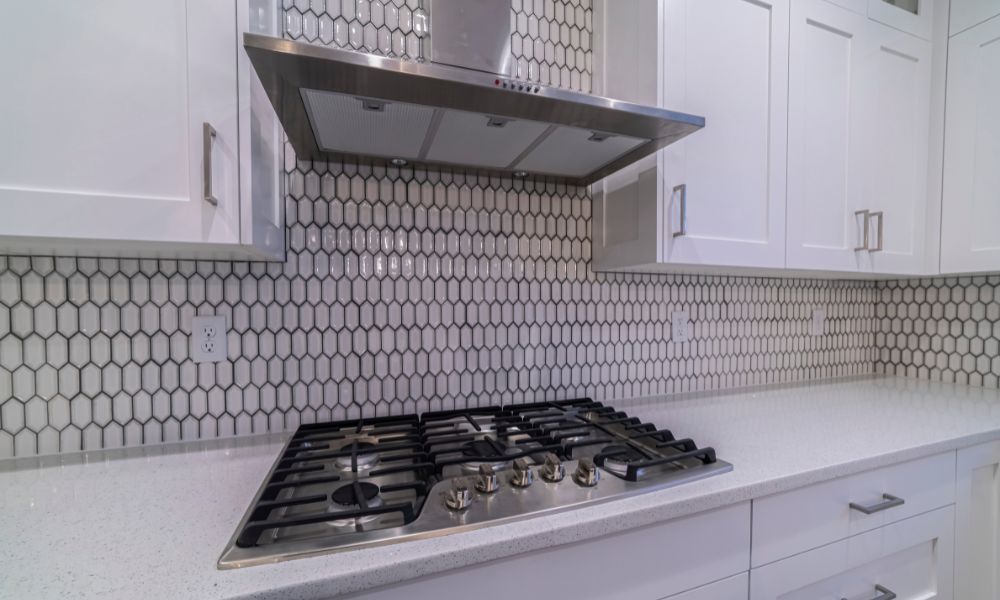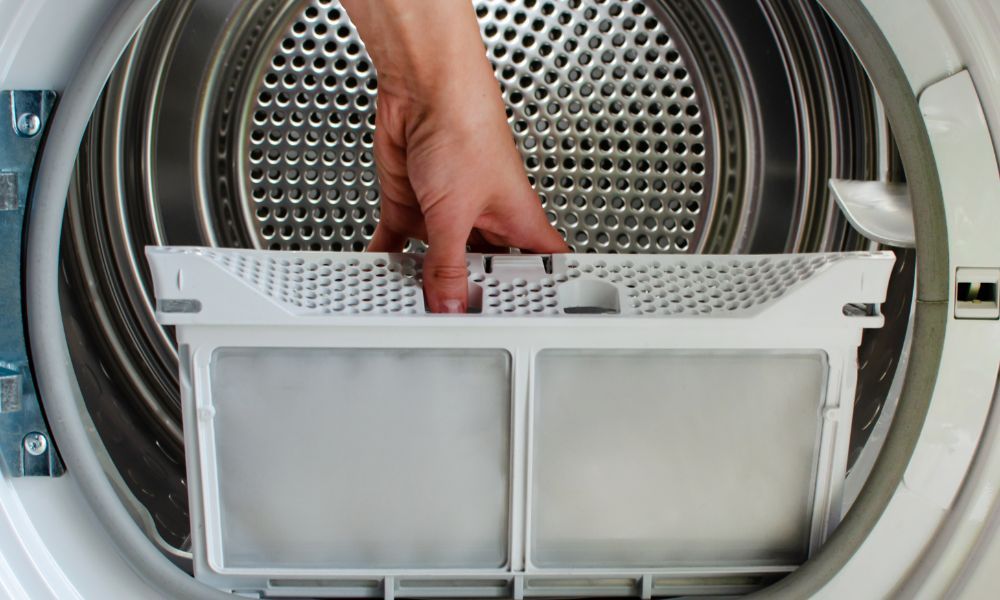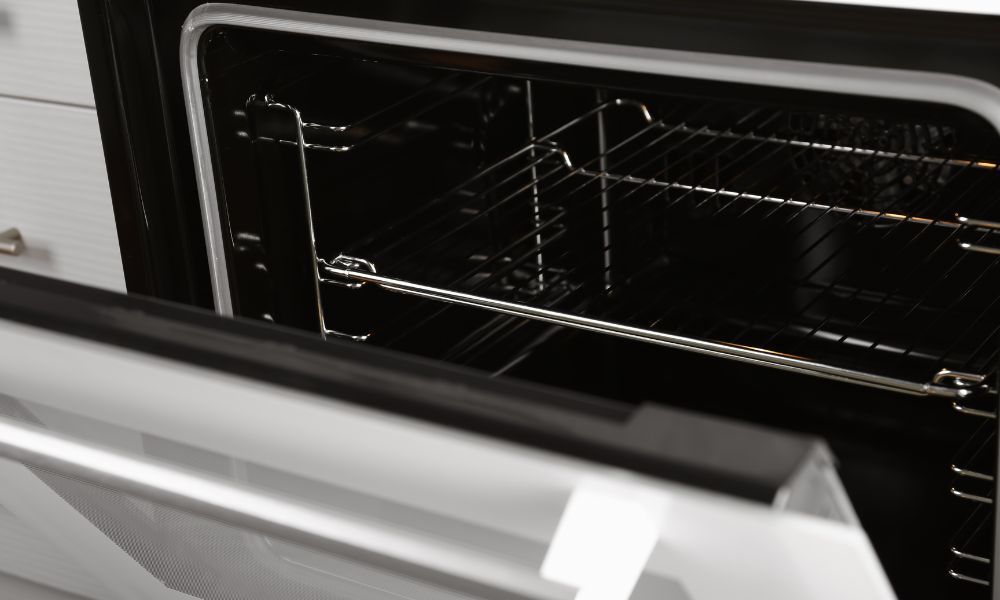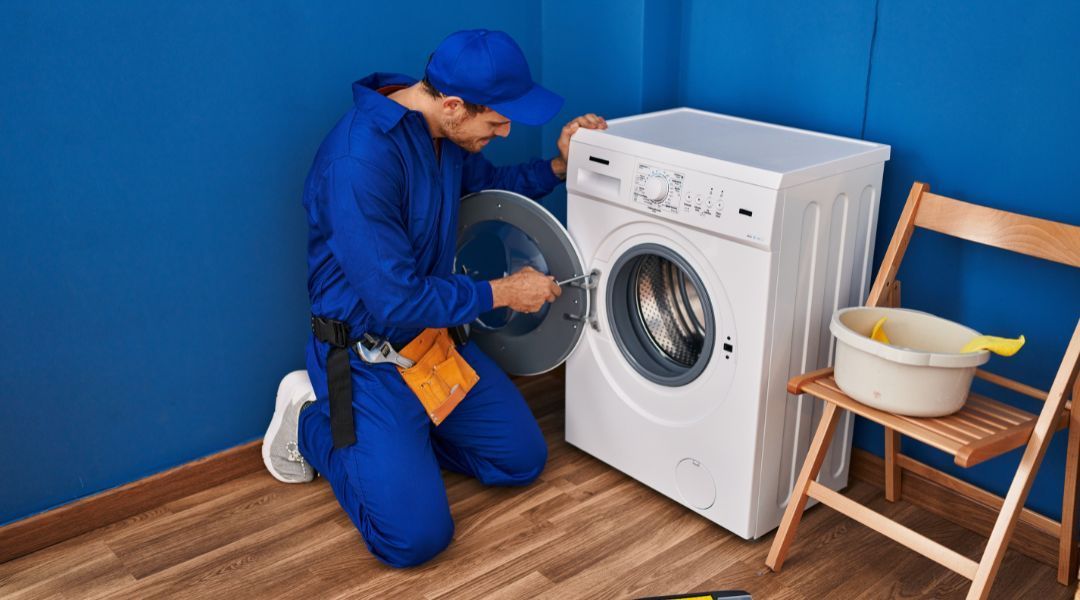Tips for Troubleshooting Your Range Hood Fan

A range hood fan is a type of exhaust fan that helps remove smoke, steam, and odors from kitchens. It is mounted above the stove or cooktop and uses either an internal motor with blades or an external motor to draw air through filters and out of the house. Range hood fans can become clogged with grease or debris in their ducts, leading to poor ventilation performance. Motor failure due to age or overuse can also occur, as well as switch malfunctions caused by circuit breakers tripping. Here are some helpful tips for troubleshooting your range hood fan.
Check Circuit Breaker
If the range hood fan has stopped working entirely, the issue could be caused by a power outage or an electrical issue with the appliance. If there is no power to the unit, first check that all connections are secure at both ends of the cord, and if necessary, reset any circuit breakers in your fuse box. If any connection appears loose or corroded, it should be tightened or replaced before further testing occurs. If this doesn’t solve the problem, it may be due to a faulty motor or switch that only a qualified technician can replace.
Inspect for Obstructions
Next, check for obstructions blocking airflow, such as grease build-up or filters needing replacement. Be sure all ducts and vents associated with the range hood fan are free from blockages before moving on to other tests. Restricted airflow could affect the performance of certain components within the unit, including motors, switches, and fan blades. Then, check all vents and ducts associated with the range hood fan for blockages, such as dust build-up or other debris that can reduce airflow performance. Properly cleaning these components will ensure optimal performance from your vent system in the future. Consider replacing the blower motor if necessary, depending on how much wear has occurred since installation.
Clean Grease Traps
Grease and other particles can accumulate in the trap over time, which can reduce airflow and cause motors to overheat. To clean out a grease trap, begin by using a vacuum cleaner to remove any debris from the surface. Then, use a degreaser to dissolve any grease build-up in the trap. Afterward, rinse the entire area with warm water and ensure all surfaces are completely dry before replacing the trap. Use a brush to scrub away any stubborn residue for an even deeper clean if necessary. Repeat this process once every few months to keep your range hood fan in top working condition.
Now that you have a few effective ways to troubleshoot a range hood fan, you can put these tips to good use today. If you need further assistance with your appliances, check out Local Home Appliance for appliance repair in Lake County, IL.



